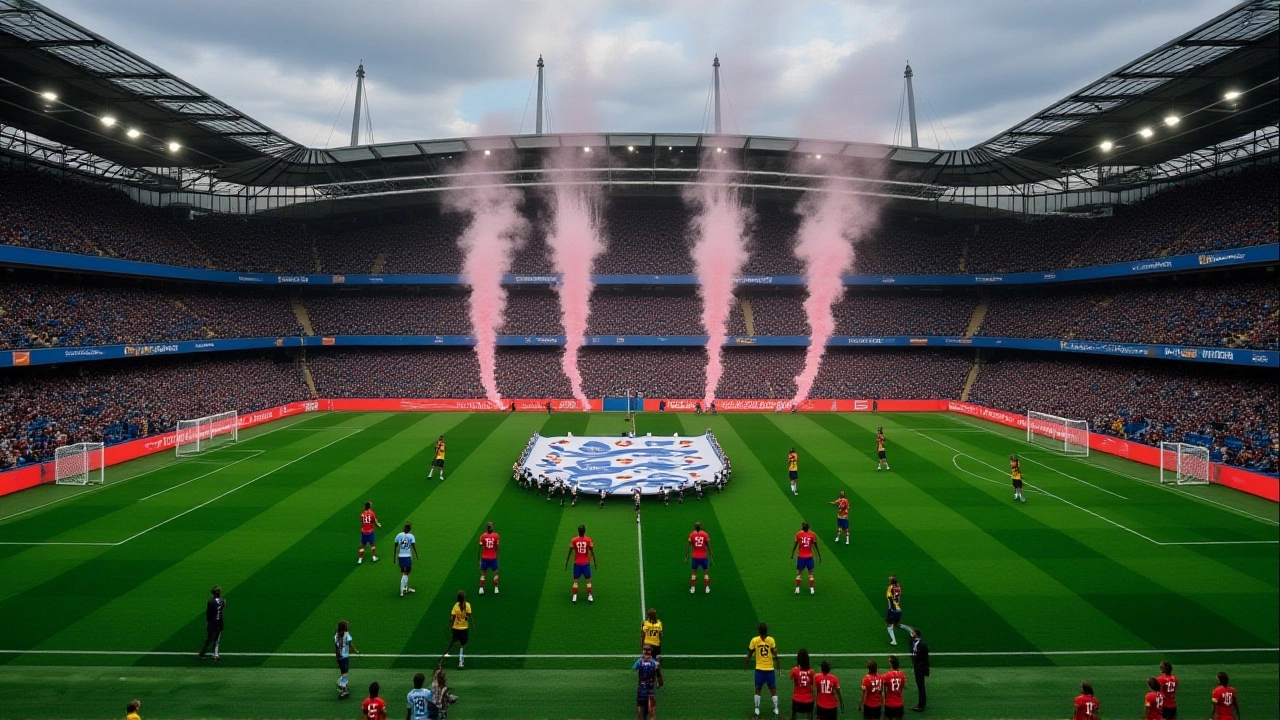Lionesses fall 1-2 to Brazil in Manchester friendly – post‑Euro test
England's Lionesses lost 1‑2 to Brazil at Manchester's Etihad Stadium, exposing post‑Euro weaknesses despite Brazil's strong form.
When we talk about Sports, organized physical activities that bring people together for competition or recreation. Also known as athletics, it forms the backdrop for countless stories on the field.
One of the most popular forms is soccer, the game played with a round ball and eleven players per side, known in the UK as football. A team, a group of individuals coordinated to achieve a common goal relies on each player, a participant who executes specific roles like striker, midfielder or defender to execute a plan. The plan often comes down to a tactical decision, a strategic choice that alters formation, style or personnel—for example, opting to play with ten players instead of the usual eleven. This kind of move shows how soccer tactics can reshape the entire match.
Sports encompasses soccer, and soccer requires teamwork. A team’s tactics influence player positioning, and a tactical decision like reducing the number of players changes the balance of attack and defense. Coaches often use this maneuver to create extra space, increase pressure, or manage fatigue. When a player steps off, the remaining players gain more room to roam, which can spark creativity and open up new scoring chances. At the same time, the defensive structure must adapt quickly to avoid being exposed.
Understanding these nuances helps you see why a seemingly odd choice—playing with ten players—can be a calculated gamble. Below you’ll find articles that break down real‑world examples, explain the physics of space on the pitch, and show how coaches train squads to handle such shifts. Ready to explore the tactics that turn ordinary matches into unforgettable moments? Keep reading to discover the depth behind each strategic move.

England's Lionesses lost 1‑2 to Brazil at Manchester's Etihad Stadium, exposing post‑Euro weaknesses despite Brazil's strong form.

A soccer team playing with 10 players can have several advantages. It allows for additional space on the field, allowing players to move more freely and create more space for themselves. This can lead to increased creativity and better chances of scoring. Playing with 10 players also allows for more offensive pressure, as there are more players to attack and create chances. Finally, the ability to rest and rotate players is improved, as the team has more options available to them. With 10 players on the field, a team can be better prepared for the physical demands of a match.